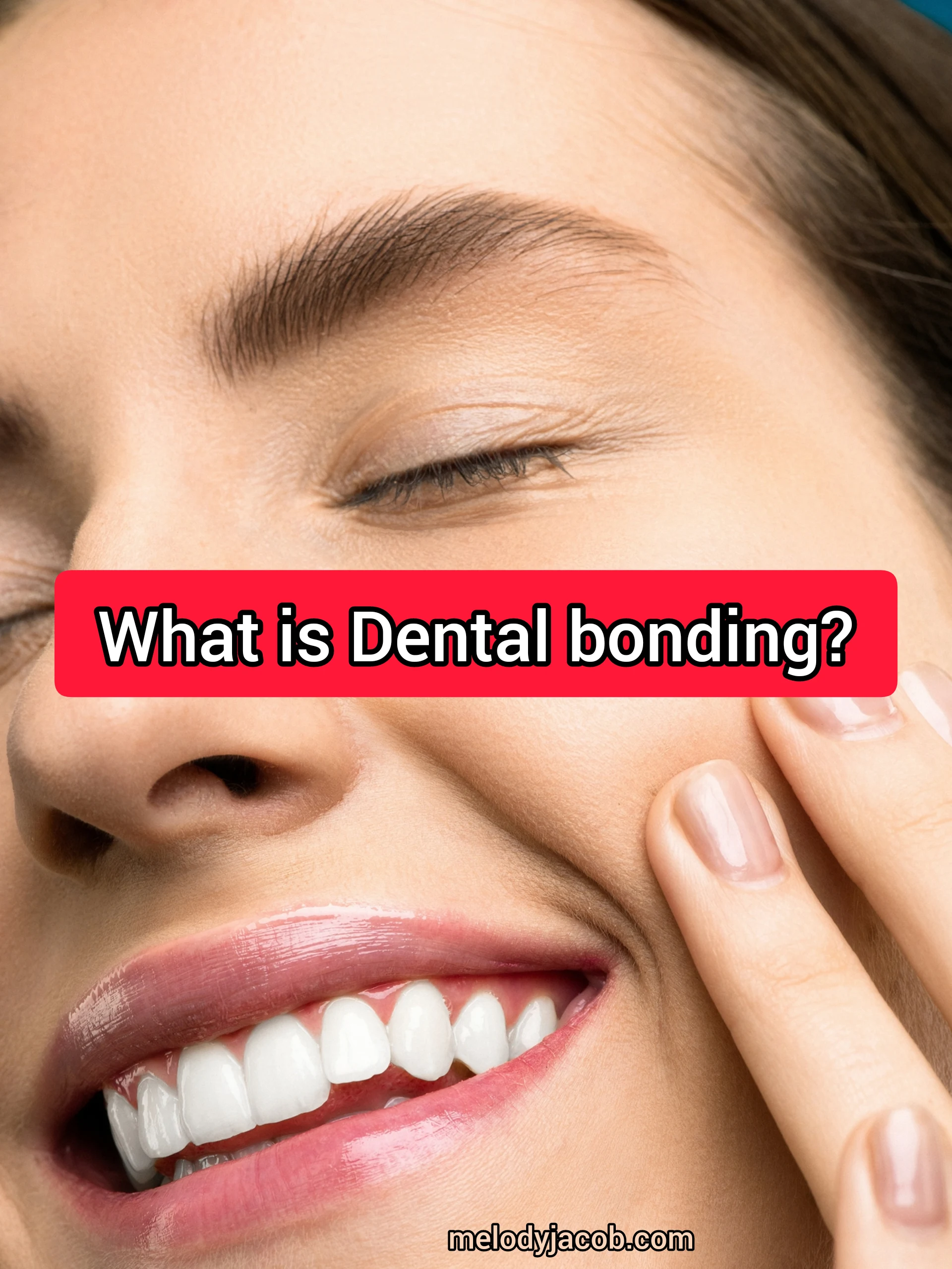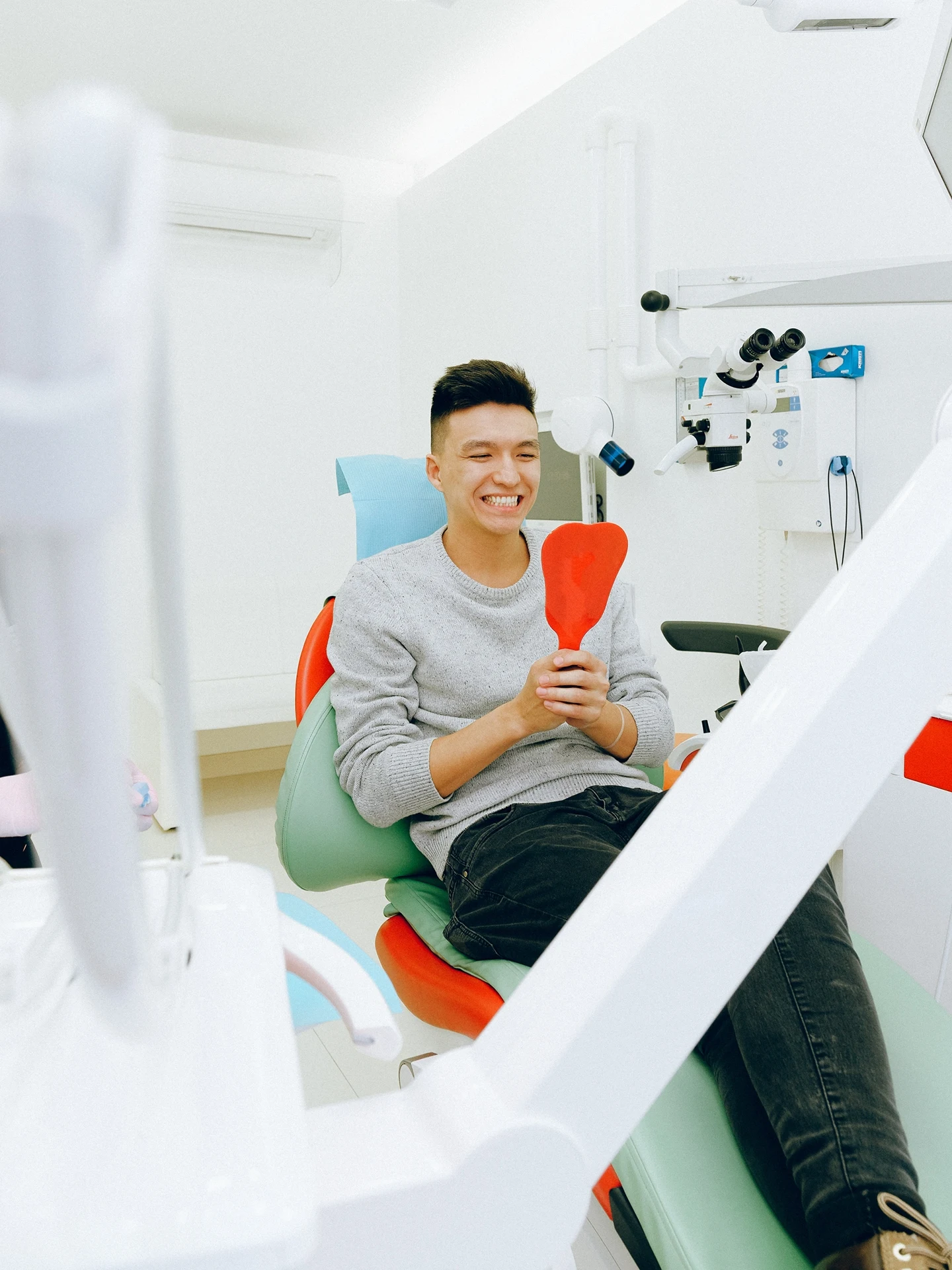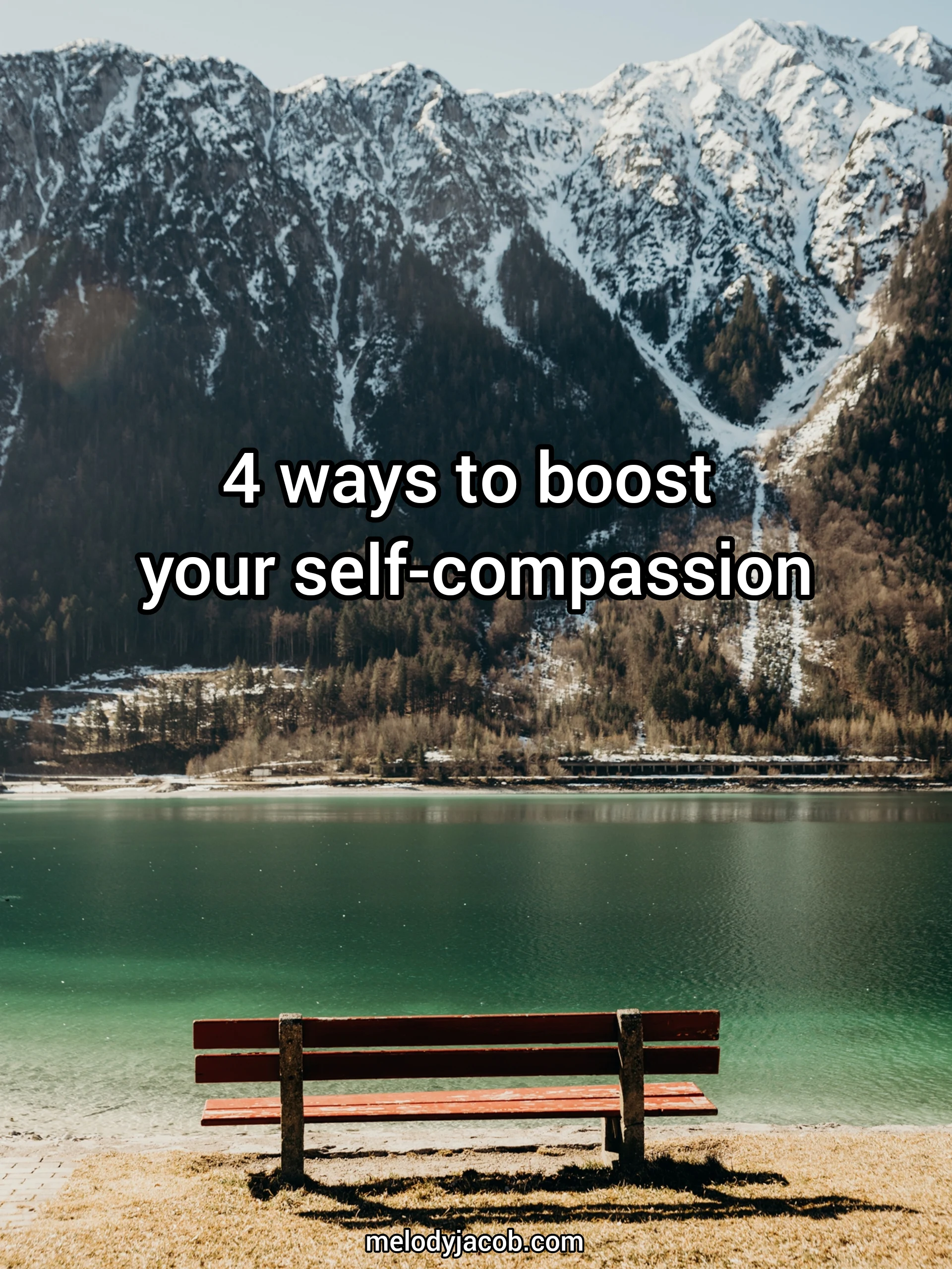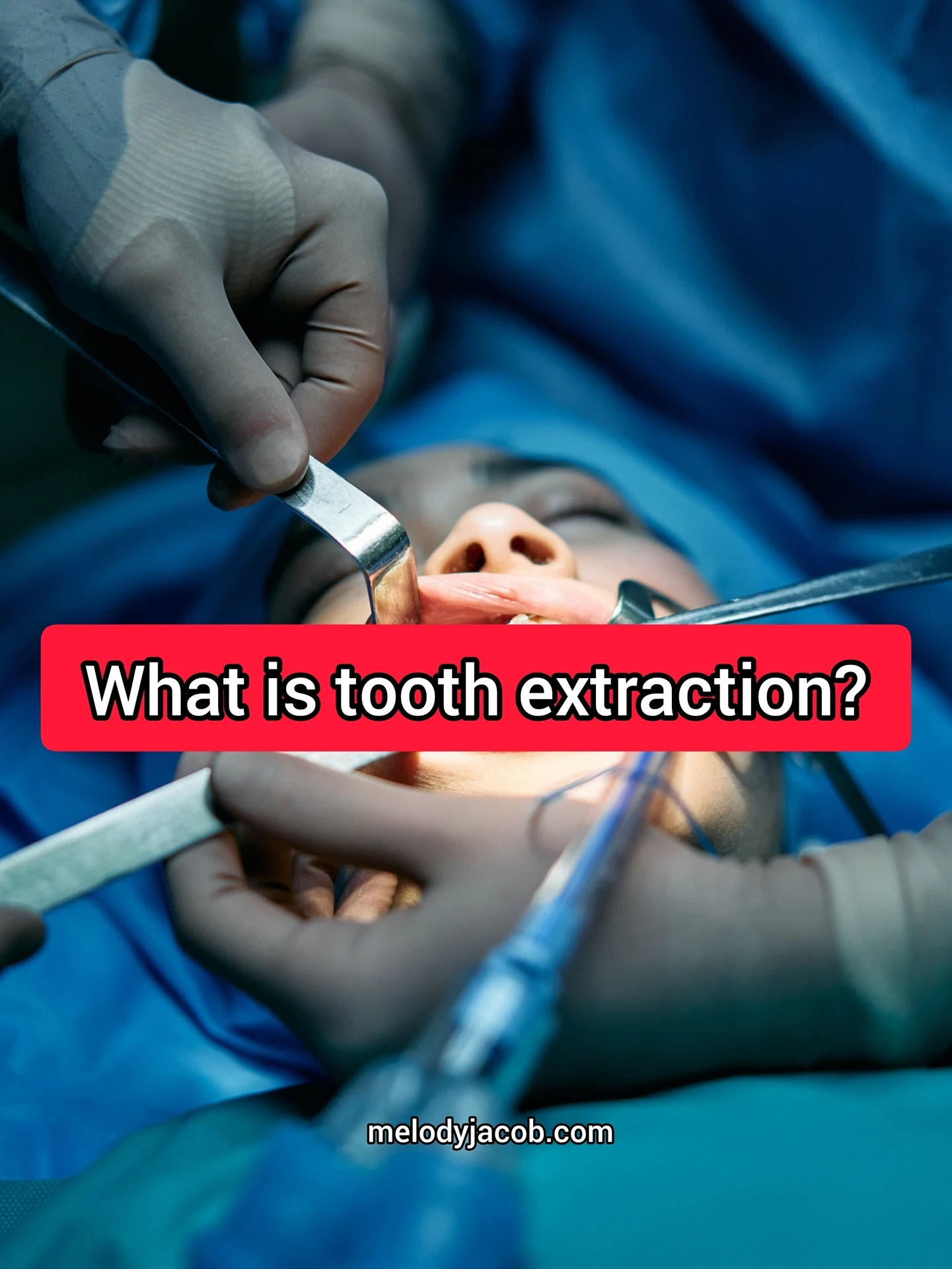 |
| pexel image |
You've probably heard about this diagnosis. It's now commonly referred to as "computer vision syndrome" by doctors. Long-term use of not only computers, but also e-books, mobile phones, and tablets, is, of course, one of the causes.
Fortunately, the theory that this can lead to irreversible changes in the eyes or vision has been refuted.
Doctors give a simple explanation for the occurrence of dry eye syndrome:
Evolutionarily, the human eye was not made to work long hours in front of a computer screen. When visual demands are higher than visual capabilities, the risk of getting dry eye syndrome goes up.
Naturally, the longer the use of digital screens, the higher the degree of anxiety.
Of course, you don’t have to give up on online slots for real money in South Africa, but you should prioritize your health. So, if you're experiencing any of these signs, here's what you should do.
Dry eye syndrome is manifested by the following signs:
- dry eyes
- Redness
- A feeling of "sand in the eye"
- I have a feeling of something strange in my eye.
- burning
- paradoxical lacrimation
- photophobia
- distortion of vision.
These clinical signs are temporary and may go away after you stop using computers or digital screens, but in some cases, they may be permanent:
The clinical signs are:
- headaches
- I have neck, back, and shoulder pain.
- Blurred vision
- dichotomy
- Redness
- dryness in the eyes.
The risk factors and causes are:
- 2 or more hours of continuous work on the computer.
- The presence of glare and reflections from computers makes it difficult for the eyes to work.
- incorrect distance and angle from the computer.
- incorrect posture
- insufficiently fixed visual issues.
- When visual demands exceed a person's visual capabilities,
- poor lighting.
Ophthalmologists say that the main reason for dry eyes in people with computer vision syndrome is that they blink less.
 |
| pexel image |
When a migraine's distinctive throbbing subsides, the relief is immense. But for many people who suffer from these potentially devastating headaches on a daily basis, their suffering does not end when the pain subsides. Instead, a unique phase of migraine known as the postdrome causes individuals to feel achy, exhausted, bewildered, and confused—symptoms that are strikingly similar to those of a whole different condition.
The "migraine hangover," dubbed the "migraine hangover," follows up to 80 per cent of migraine attacks, according to a study published in Neurology. Scientists are increasingly focusing on this hitherto under-recognized aspect of migraine.
Because patients are unaware that postdrome symptoms are a normal aspect of migraines, they come up with creative ways to describe them. They feel washed out, their skull feels hollow, or they feel like they have a hangover when they weren't drinking. Prior to recent years, science had not paid much attention to this aspect of the syndrome, but it is a natural step to focus on the whole problem.
“We cannot solve problems with the kind of thinking we employed when we came up with them.” — Albert Einstein
“Learn as if you will live forever, live like you will die tomorrow.” — Mahatma Gandhi
“Stay away from those people who try to disparage your ambitions.
“When you give joy to other people, you get more joy in return. You should give a good thought to happiness that you can give out.”— Eleanor Roosevelt
Sometimes, pain serves a purpose, such as when it alerts us to an ankle sprain. However, for many people, pain can persist for weeks or even months, causing unnecessary suffering and impairing quality of life.
If your pain has overstayed its welcome, you have more treatment options than ever before. Here are eight techniques to control and reduce your pain that does not involve an invasive procedure or medication.
1. Heat and cold. These two tried-and-true techniques continue to be the cornerstone of pain relief for certain types of injuries. If a homemade hot or cold pack is ineffective, consult a physical therapist or chiropractor for treatments that penetrate deeper into the muscle and tissue.
2. Exercise. In chronic conditions such as arthritis and fibromyalgia, physical activity is essential for breaking the "vicious cycle" of pain and decreased mobility. Try light aerobic exercises like walking, swimming, and cycling.
Porcelain veneers are thin shells that cover the natural tooth, protecting it while also improving the appearance of your smile. If you are considering porcelain veneers, we recommend that you seek expert advice from your dentist.
According to a recent survey, one in every five people owns a smartwatch or fitness tracker. These wrist-worn monitors are a convenient way to track your daily steps, and they're likely more accurate than the tally on your smartphone, which you may not have with you at all times. Most wearable devices also provide a variety of other data, such as your heart rate, walking speed, and so on.
But does using one have an impact on how active people are? The answer is yes, according to the largest study on the subject to date (see "Fitness trackers and activity levels: What's the evidence?"). Regular physical activity is essential for a healthy heart, and the improvements seen in this study could potentially make a difference, according to Dr Megan Wasfy, a cardiologist at Harvard-affiliated Massachusetts General Hospital's Cardiovascular Performance Laboratory.
"The increase in moderate-to-vigorous physical activity was close to 50 minutes per week, which is one-third of the 150 minutes recommended by federal activity guidelines," Dr. Wasfy says. The extra 1,200 daily steps taken when people wore trackers were roughly the same as the number of steps linked to a longer life in several studies. 10,000 steps a day has been recommended as a daily goal for a long time, but research shows that 8,000 steps a day is almost as good for your health, especially in older people.
What is the evidence for fitness trackers and activity levels?
A group of Danish researchers looked at the evidence and analyzed it to find out how feedback from wearable fitness trackers affects how much people work out and do other things.
They found 121 different studies involving nearly 17,000 mostly healthy adults ages 18 to 65. The participants' median age was 47, and the majority were female. The study's intervention periods had a median duration of 12 weeks.
Researchers discovered that using physical activity monitors led to an extra 1,235 steps per day and 49 minutes of moderate-to-vigorous physical activity per week on average. They also stood for an additional 10 minutes per day, though this was insignificant. The study was published in The BMJ on January 26, 2022.

It is known as Ochiricha or Achicha in Igbo, Ndiyah in Ibibio, and Efik, and contains a variety of minerals and phytochemicals, including beta-carotene, vitamin C, riboflavin, niacin, thiamine, flavonoids, alkaloids, saponins, tannins, fiber, other nutrients, and phytochemical characteristics.
These fruits contain a high concentration of vitamins, carbohydrates, phosphorus, potassium, calcium, and magnesium. It includes vitamins, minerals, and other nutrients that are useful to human health in a variety of ways, including the following:
Because of the presence of niacin (vitamin B3) known as nicotinic acid, this fruit helps to lower the level of bad cholesterol, also known as low-density lipoprotein, and boosts high-density lipoprotein, which is the good cholesterol. Scientists put niacin and satin (cholesterol control) through the same tests to see how they affected cholesterol. The results of an experiment on the effect of niacin on body cholesterol have been studied by scientists. It shows that niacin decreased the amount of low-density lipoprotein (LDL) in the blood while increasing the amount of high-density lipoprotein (HDL) more than satin.
Self-forgiveness and self-care appear to be advantageous in their own right. Self-compassion can even pave the way for improved health, relationships, and well-being in general. Numerous benefits of self-compassion have been demonstrated by studies. Higher levels of self-compassion have been associated with lower levels of anxiety and depression. Self-compassionate individuals acknowledge their own pain and are gentle with themselves at these moments, thereby reducing their own anxiety and despair.
Understand self-compassion and learn to have it.
Self-compassion comes easily to some, but not to everyone. Fortunately, it is an acquired skill. People are learning how to find and grow their own self-compassion through a variety of training programs and ideas that have been suggested.
Here are four fast techniques to improve your self-compassion skills:
Relax your body.
People have long been trying to figure out how they can have manicured nails that last without chips and breaks until they’re ready to switch the design. You probably got your start in nail decoration with plain nail polish. It likely took you a few tries to get the hang of painting a nice smooth coat on each nail while avoiding the skin around it and to get your non-dominant hand to learn the action of painting your nails. Once you more or less mastered the process of painting your nails, you would have noticed that your painstakingly-applied polish didn’t last very long before chipping. All that hard work for a manicure that maybe lasts a day or two in peak
You're excited to start looking at engagement rings, and you're wondering if a blue sapphire might be the way to go. With its rich colour and long history, the blue sapphire offers you a different option from the traditional diamond: It's less expensive, rarer, and can come with its share of myths. So what's the verdict? Below are seven reasons a blue sapphire engagement ring might be right for you.
https://cdn.pixabay.com/photo/2017/07/24/18/47/color-2535676__480.jpg
They are the most valuable gemstones after diamonds.
Blue Sapphires are the most valuable gemstones after diamonds. The value of a sapphire engagement ring relies on the colour, clarity, and cut of the stone as well as its carat size. Sapphires come in many different colours, including; yellow, orange, green, and violet, but blue is by far the most popular colour due to its rarity in nature compared to other coloured sapphires.
Pink sapphires are typically the least expensive type of sapphire because they’re rarer than any other colour. Sapphires are also more valuable than rubies (and emeralds), making them an excellent choice for your engagement ring. If you are looking for a unique sapphire engagement ring, you can find it here.
They have a rich history and are associated with royalty.
Sapphire is the birthstone for September, the gemstone for the 9th wedding anniversary, and the gemstone for the 23rd wedding anniversary. It's also associated with royalty.
The first known use of sapphire as a gemstone was in ancient Egypt. Around 2600 BC, Egyptians used sapphires to decorate amulets worn by pharaohs and priests; this was believed to bring them great power in life after death. Many ancient cultures believed that wearing one would bring you good luck throughout your life!
Sapphire has been used for centuries by kings and queens all over Europe—and it appeared in many paintings depicting scenes from Shakespeare's plays during his period because it was thought to symbolize truthfulness and sincerity!
They make a bold fashion statement.
But blue sapphire engagement rings aren’t just a great choice because they’re beautiful, durable, and timeless. They also make a bold fashion statement. Blue sapphire engagement rings are a great option for someone who wants to stand out from the crowd and make an impression with their ring. For example, if you want your friends or family members to know that you’re engaged without them having to ask, then this is the way to go!
In addition, these rings have been popular among celebrities lately because they have become known as “the rock of the season.”
Madrid, Spain
For a sunny, cultural, and delicious food-filled long stay in Europe, look no further than Madri. More specifically, Amor de Dios 17 Boutique Hotel is set within a Madrid townhouse in a quiet street in the center of the city. It’s located between must-visit Plaza Mayor (Madrid’s expansive and atmospheric main square) and the Prado Museum (housing Spain’s largest national collection of art and one of the largest collections in the world). First, go sightseeing and then settle in with late-night dinners at bars and beer gardens such as Cervecera Restaurante Plaza Mayor, which has outdoor seating right on the plaza and is a wonderful place to people-watch. The Santa Eulalia Boulangerie Patisserie, a 15-minute walk from the hotel, is a wonderful place to grab a cup of coffee and some freshly baked bread and pastries for breakfast.


Munich has many strings to its bow; surrounded by easily accessible, resplendent nature and known for its great beer, bakeries, and pleasant pace of life, the Bavarian capital is a great place to try to settle into the local scene. To treat yourself to a little luxury while doing so, spend your long stay at Schwan Locke, where studio apartments boast modern, playful interiors in a soothing pastel and earthy color palette.

Bath, United Kingdom
Named after its Roman-built baths, this elegant city is home to a multitude of world-class spas, making it an extra relaxing and idyllic long-stay location. And at Hiding Space—Trim Street Apartments, guests even have a hot tub on a rooftop with amazing views of the city in all its architectural grandeur. Cultural events, exhibitions, concerts, and more fill Bath's year-round calendar of events, while the city's tearooms, gastropubs, and posh restaurants are sure to please foodies. Return to your Trim Street apartment after a day of seeing the city and admire the glistening nighttime view of Bath Abbey from the rooftop of the building.

How to Overcome Dentist Fear
 |
| Photo by Anna Shvets |
You might be putting off dental care if you have dental anxiety or fear. You may be so afraid of the dentist that you avoid going even though you're in agony and have cracked, discoloured, or missing teeth, as well as a possible infection.
While you may be ready to put up with some discomfort because it is small in comparison to other health issues, keep in mind that your oral health might have an impact on your entire health. Oral diseases, such as gingivitis and periodontal disease, spread bacteria throughout your body. Oral infections have been linked to cardiovascular disease, respiratory infections, and poor management of other systemic disorders, including diabetes.
Fortunately, there are certain things we can do to make you feel less anxious, so you don't have to jeopardize your dental health.
Dental Phobia: How to Overcome It
If you want to avoid going to the dentist, consider the following suggestions:
Make your dentist aware of your fears. We value your sentiments and will work with you to conquer your fears, but we can't help until we know about them. As soon as you make an appointment, notify your dentist's office.
Tooth extraction may be required due to a variety of conditions. These are some examples:
Infection. If tooth decay or injury reaches the pulp, the soft tissue at the core of the tooth that contains nerves and blood arteries, germs from the mouth can enter the pulp and cause infection. This is usually treated with root canal therapy (RCT), but if the infection is serious enough that antibiotics or RCT are ineffective, the tooth may need to be extracted to prevent the infection from spreading. A severe infection has destroyed a large part of the tooth and the bone that holds it in place that has irreparably damaged a tooth makes a successful restoration impossible
Crowding is caused by having too many teeth to fit properly in the mouth. When performing a tooth extraction, good dentists take great care and skill to ensure that your experience is as comfortable and painless as possible. Also, will also provide you with detailed post-treatment care instructions to ensure that your smile heals properly.

Here are three ways to capture the positive psychological benefits.
1. Express gratitude. Gratitude is an appreciation for what you have, including a roof over your head, good health, and caring people. When you recognize the goodness in your life, you begin to recognize that at least a portion of its origin lies outside of yourself. In this way, gratitude facilitates a connection to something greater than one's own experience, be it other people, nature, or a higher power. Set aside a few minutes each day to reflect on five large or small things for which you are grateful. You may jot them down if you wish. Be specific and remember the significance of each item.
2. Capitalize on your strengths. Before you can reap the benefits of your strengths, you must first identify them. Sadly, only about one-third of people have a useful understanding of their strengths, according to a British study. If something comes naturally to you, you may not recognize it as a strength because you take it for granted. If you are uncertain of your strengths, you can determine them by asking a trusted individual who knows you well, by observing what people compliment you on, and by considering what comes most naturally to you.
Certain qualities are most strongly associated with happiness. They consist of appreciation, optimism, vitality, curiosity, and love. Even if they do not come naturally to you, it is worthwhile to cultivate and apply these qualities in your daily life.
Specifically, men should consider the following:
How do you brush and floss your teeth at home?
According to the American Dental Association (ADA) and the American Academy of Periodontology, men are less likely than women to successfully wash and floss their teeth regularly. As dentists, we recommend brushing at least twice a day, once in the morning and once in the evening, to prevent cavities and gum disease. However, fewer men than women follow this recommendation.
When was your last physical exam?
Men are less likely to seek preventive care for their dental health than women. To maintain dental health, twice-yearly checkups and cleanings are suggested. However, more men than women forgo preventative cleanings and visit the dentist only when they experience discomfort or another oral health issue.
According to our post on dental myths, cavities and other disorders may not usually cause pain immediately. Some problems create no pain at all. By the time you discover pain or a problem, the condition may be more advanced and complicated, limiting your treatment options and increasing the amount of time and money required for treatment.
You feel great, so what's the issue?
Unfortunately, men are more likely to get periodontal disease due to poor oral hygiene. According to the American Dental Association, 34% of males between the ages of 30 and 54 suffer from periodontal disease, compared to 23% of women in the same age group. The same is true for those over 55 years old, where 56 per cent of men and 44 per cent of women are affected. By age 72, the average guy will have lost 5.4 teeth. According to the Academy of General Dentistry, a smoker might anticipate losing 12 teeth by the age of 72.
Do You Use Tobacco?
In general, men are more susceptible to gum disease and oral cancer. If you're a man who smokes or chews tobacco, your risk is significantly higher. These goods include carcinogens that are directly connected to mouth cancer. Cancer can strike at any age, but 95 per cent of oral cancers strike after the age of 40. Detecting cancer at the earliest possible stage is essential. Typically, a screening for oral cancer is part of the examination that follows a dental cleaning. This screening is a sufficient incentive to visit the dentist regularly.
 |
| A girl brushing her teeth (pexel photo) |
Here's a look at halitosis, as well as nine other common dental problems and their treatment options.
1. Caries of the teeth
Dental caries or dental cavities are other terms for tooth decay. It is the most common dental problem encountered by patients. Almost everyone has had tooth decay at some point in their lives.
Tooth decay occurs when bacteria form a film on the surface of the teeth called plaque. Acids are produced by bacteria from sugars in food. The acids eat away and permanently damage the tooth's enamel or outer layer. The acids then begin to attack the dentin layer beneath the enamel, which is softer.
This tooth breakdown can result in cavities or holes in your teeth. It can also cause toothaches, such as pain when eating or drinking hot, cold, or sweet foods.
Other signs of tooth decay include:
Breath that stinks.
Spots on your teeth that are black or brown
You have an unpleasant taste in your mouth.
The first step in dental care is determining the extent of your tooth decay and recommending a treatment plan. Fillings, crowns, and root canals are examples of such procedures. The extraction option may be followed by dental implants or dentures.
Regular (twice daily) brushing and flossing can help prevent tooth decay. Also, visit your dentist on a regular basis to have the plaque removed from your teeth.
Coffee Does Much More Than Just Stain Teeth
Learn about some prevalent beliefs regarding dental health.
Although baby teeth are transitory, their health is still crucial. Primary teeth aid in eating and speaking. In addition, they maintain the correct spacing in a child's mouth and guide the emergence of permanent teeth. As with adults, healthy teeth and a healthy smile have a significant impact on a child's confidence and sense of self-worth.
Too much sugar can cause cavities, but it's not the only thing that can lead to tooth disease. In truth, the majority of cavities are caused by the acid produced by the bacteria in your mouth. Therefore, cavities are the outcome of improper dental hygiene and the presence of acid-producing bacteria in the mouth. This bacteria can be caused by sugar, along with bread, fruits, and vegetables.
Depression in Older Adults May be Prevented by Insomnia Treatment.
 |
| Pexel image |
A new follow-up study looked at death rates from cancer, cardiovascular disease, and all causes in later years, and the results for each group were surprising in various respects.
What are the benefits of slowing or preventing diabetes?
Diabetes type 2 is one of the most common long-term conditions in the world. It can lead to heart disease, nerve damage, eye issues, and renal problems over time, increasing the risk of disability and death. If a person's blood tests reveal that they have prediabetes, well-tested strategies can help them delay or prevent the onset of type 2 diabetes. This could help individuals live longer and better lives.
What did the follow-up research reveal?
The findings of the original study suggest that both lifestyle changes and metformin medication can significantly reduce the risk of developing diabetes in people with prediabetes. The risk was reduced by 58% and 31%, respectively when compared to the control group.
The original DPP cohort of 3,234 people was invited to stay in the Diabetes Prevention Program Outcomes Study, a follow-up observation Study (DPPOS). Most of the people in the study have been followed for more than 20 years, giving researchers a unique chance to look at several important health outcomes.
After an average of 21 years, the researchers looked at participant fatalities from any cause, cancer, or cardiovascular disease. Researchers found no difference in death rates between the people in the intensive lifestyle arm of the study and the people in the metformin arm of the study compared to the people in the control group.
What exactly is war anxiety?
War anxiety, also known as nuclear anxiety, is a surprisingly common reaction to conflict-related news and images. The news from Ukraine appears to be hitting us especially hard, coming on the heels of a two-year pandemic. This could be linked to our already high levels of fatigue, anxiety, and a shaky sense of control. A poll by the American Psychological Association found that Russia's invasion of Ukraine caused a lot of stress for 80% of the people who answered.
What does the research indicate?
We are still learning about the long-term effects of mass violence fears. A Finnish study discovered that adolescents who were concerned about nuclear war were more likely to develop common mental disorders five years later. Anxious people are also more likely to seek out crisis coverage in the media, which can lead to a vicious cycle of distress.
War anxiety symptoms
War anxiety can creep up on you gradually or appear suddenly in response to a trigger. Symptoms can manifest in the mind, the body, or both. Anxiety can manifest physically as a racing heart, butterflies in your stomach, nausea, or dizziness. Some people experience full-fledged panic attacks. Others experience war anxiety as uncontrollable worries, difficulty sleeping, restlessness, or nightmares. Others may experience numbness. Remember that anxiety is a normal reaction to life's stresses and that a small amount of anxiety is adaptive — it tells your body to take a threat seriously.
Effective coping strategies.
When your mind is preoccupied with the war, or when you experience muscle tension or other physical symptoms, there are some strategies that can help you break the cycle of anxiety.
Reduce your media exposure. Emotionally compelling news sells, and news that negatively affects you is more likely to be addictive. Breaking the habit of regularly checking the news may be the most effective single change in combating war anxiety. You shouldn't be exposed to it for more than 30 minutes a day, and you shouldn't be exposed right before bed.
Make an effort to help others. Channelling your anxiety into meaningful connections may help you feel less helpless. Consider checking in to offer support if you have a friend or acquaintance from Ukraine. Consider volunteering or donating to one of these organizations.
Develop compassion. Anger can be triggered by war anxiety, which stems from a loss of control. Anger can be directed at populations or ethnic groups, or it can be directed at family members or friends who hold opposing views. Anger can be effectively challenged with compassion in addition to interventions such as mindfulness, physical activity, and breathing exercises. Begin by paying more attention to the kindness around you, attempting to limit your judgments and attempting to appreciate different points of view.
Alter your routine. Limiting your exposure to the media, news updates, and political debates will increase your free time during the day. Unfortunately, as our brains are hard-wired to do, unstructured time usually results in more worrying. Instead, try incorporating the following anxiety-relieving activities: Take a walk in the woods. According to research, spending as little as 15 minutes in nature can help relieve stress and anxiety.
Increase the amount of time you spend exercising. Any aerobic activity can help you feel less anxious, but the more intense the activity, the more it helps.
Deep breathing and mindfulness exercises are recommended. Try to practice every day to reap the benefits. Guided mindfulness can be practiced in person or at home using CDs or mobile apps. Breathe2Relax is a free and scientifically proven mobile app that teaches deep breathing exercises.
Obtaining additional assistance
For the vast majority of people suffering from post-traumatic stress disorder, symptoms will peak and then gradually fade. Severe anxiety symptoms, on the other hand, may necessitate additional attention, especially because conflict can trigger memories of past traumatic experiences. If your work, sleep, or general sense of well-being is being disrupted by war anxiety, consult with your primary care clinician to see if therapy or medications are necessary. This pamphlet can be useful when discussing the war with children. The Disaster Distress Helpline (800) 985-5990) is open 24 hours a day, seven days a week for crisis counseling and referrals to local resources.
 |
| Pexel photo |
Here's everything you need to know about this treatment option.
Other treatments are recommended if the cancer is at a higher risk (a Gleason score of 7 or higher) or has already spread. (On a scale of 6 to 10, a Gleason score classifies prostate tumour cells.) The greater the number, the more likely it is that cancer will spread. There are two options: surgery to remove the prostate (known as a prostatectomy) or radiation to kill cancer cells.
Studies comparing these two approaches show that neither has an advantage in terms of cancer control. Your path will be determined by factors such as your current state of health, the specifics of your cancer, and your personal preferences. However, for many men, radiation therapy may be the better option.
"It's much more precise than traditional radiation used for other types of cancer," says Dr. Anthony D'Amico, a radiation oncologist at the Harvard-affiliated Dana-Farber Cancer Institute and Brigham and Women's Hospital.










